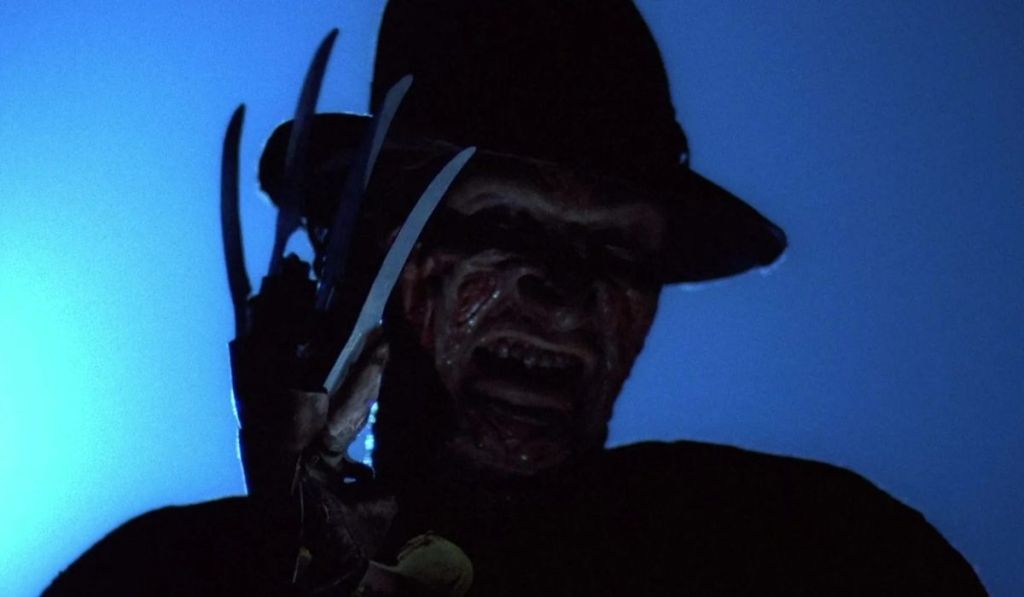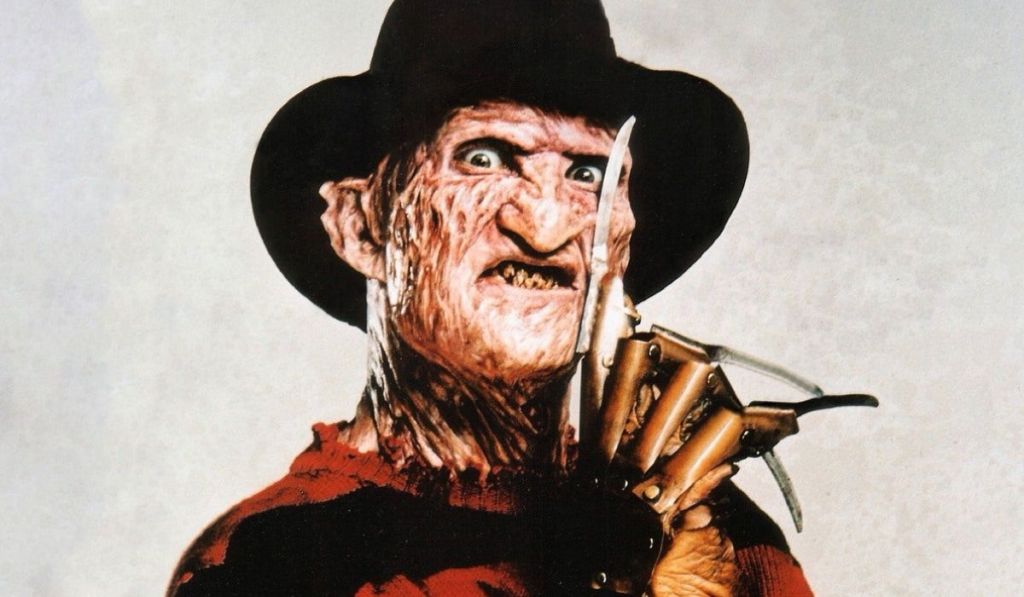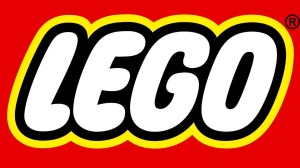Since his first appearance in A Nightmare on Elm Street in 1984, Freddy Krueger (Robert Englund) has solidified his place as one of the most iconic figures in horror cinema. To this day, he is remembered and introduced to new generations with his distinctive worn hat, striped sweater, burned face, and infamous glove with sharp blades. However, beneath his monstrous exterior lies a layer that continues to generate debate, even among the most devoted horror fans: is Freddy Krueger really a child molester? While this idea became explicit in the 2010 remake, it had been discussed long before that. The answer, although seemingly straightforward, is a reflection of the limitations of cinema. How far can a film go in presenting a villain as truly evil?
Videos by ComicBook.com
Wes Craven, the character’s creator, has openly stated in interviews that Freddy’s initial concept was precisely that of a molester – a character who embodied the most real and repulsive form of evil. Freddy became known as the embodiment of nightmares, but Craven’s intention was to go deeper and create a figure that represented parents’ most visceral fear: the presence of a sexual predator lurking around their children. This choice was not made gratuitously; it came from a place of social commentary and discomfort, an element that horror has always been adept at exploring.

However, during the ’80s, the United States was experiencing a series of child abuse scandals that were widely covered by the media. The climate of tension and vigilance became so strong that the portrayal of Freddy had to be softened. As a result, Freddy Krueger was rewritten as a “child killer” – a horrific concept, but less controversial than that of a sexual abuser. This change allowed the story to maintain its dark tone without venturing into territory that could provoke negative reactions from the public and compromise the film’s success. Still, even with this official alteration, the subtext never fully disappeared.
Many scenes in A Nightmare on Elm Street – such as the death of Tina (Amanda Wyss) – are often analyzed as visual metaphors for sexual violence. Freddy’s invasion of dreams, which are the most intimate and vulnerable space of his victims, also feeds the interpretation that the character represents more than just a killer. He embodies the fear of invasion, violation, and trauma – themes frequently associated with child abuse. At first glance, these elements may be overlooked, but they are present – subtle, but undeniable.
[RELATED: Every A Nightmare on Elm Street Movie Ranked]
In the 2010 remake directed by Samuel Bayer, this subject became a prominent issue. Craven’s original idea was revisited, and Freddy was explicitly portrayed as a molester. In the remake, he is depicted as a primary school janitor who abused children until he was discovered and lynched by the parents. This change goes beyond simply “shocking” the audience; it was an attempt to return to Craven’s original vision, now without the moral constraints of the ’80s. Contemporary horror, particularly after the 2000s, began to deal with trauma in a more direct manner – films like Martyrs, Hereditary, Midsommar, and The Babadook showed that audiences were more willing to engage with stories that explored psychological pain head-on.

On top of that, the writers made an effort to update the threat to something more “real.” The original Freddy, with his supernatural aura and macabre theatricality, occasionally bordered on the comical – something that worked well in the ’80s and ’90s, but might have felt out of place in a more realistic and contemporary horror context. By making him a sexual predator, the writers aimed to ground the story in more visceral human horror (as audiences always expect), focusing on the emotional vulnerability of the characters as the heart of the terror.
However, this more direct approach sparked mixed reactions. For some, the remake finally revealed Freddy’s darker, more coherent side, providing depth to the trauma experienced by the victims. For others, it was seen as sensationalist and uncomfortable, especially since it did not provide a more thoughtful discussion of the subject. The theme was merely introduced to increase Freddy Krueger’s impact, without the maturity or care required to handle such a sensitive issue. Besides, many fans of the franchise felt that making Freddy “too realistic” diminished his iconic status, turning him from a mythical figure into a more repulsive and less interesting villain.
Ultimately, what remains is Freddy Krueger’s duality. He is not just a child and teen killer; he is a reflection of the fears that society often prefers to ignore. Over the years, his character has evolved in line with the sensibilities of each era. In the ’80s, during a time of rising censorship and conservatism, his more sadistic nature was toned down. In the 2010s, with an audience more used to dealing with difficult themes, the narrative could return to its roots – but not without controversy.

The horror genre has always reflected society’s collective anxieties, and Freddy, with his dark and deeply unsettling origins, remains a symbol of these unresolved traumas. Perhaps it is this ambiguity that makes him so terrifying. After all, fictional monsters can be eliminated in stories, but the issues they symbolize persist in real life, often ignored or misunderstood.
So, in the end, is Freddy Krueger a molester or not? If we consider Craven’s original idea, yes – that was the initial intent behind the character. While the 1984 version avoided addressing the topic directly, the signs were present (even in other films in the franchise). The remake simply laid bare what had previously been suggested. But perhaps the most intriguing point is that this question still generates debate. Deep down, it may continue to persist because the difficulty of confronting certain horrors is a truth that we are still grappling with. In the end, Freddy Krueger is more than just a movie villain – he represents a taboo that, despite being concealed, has never truly gone away.
A Nightmare on Elm Street is available to stream on Apple TV+.









